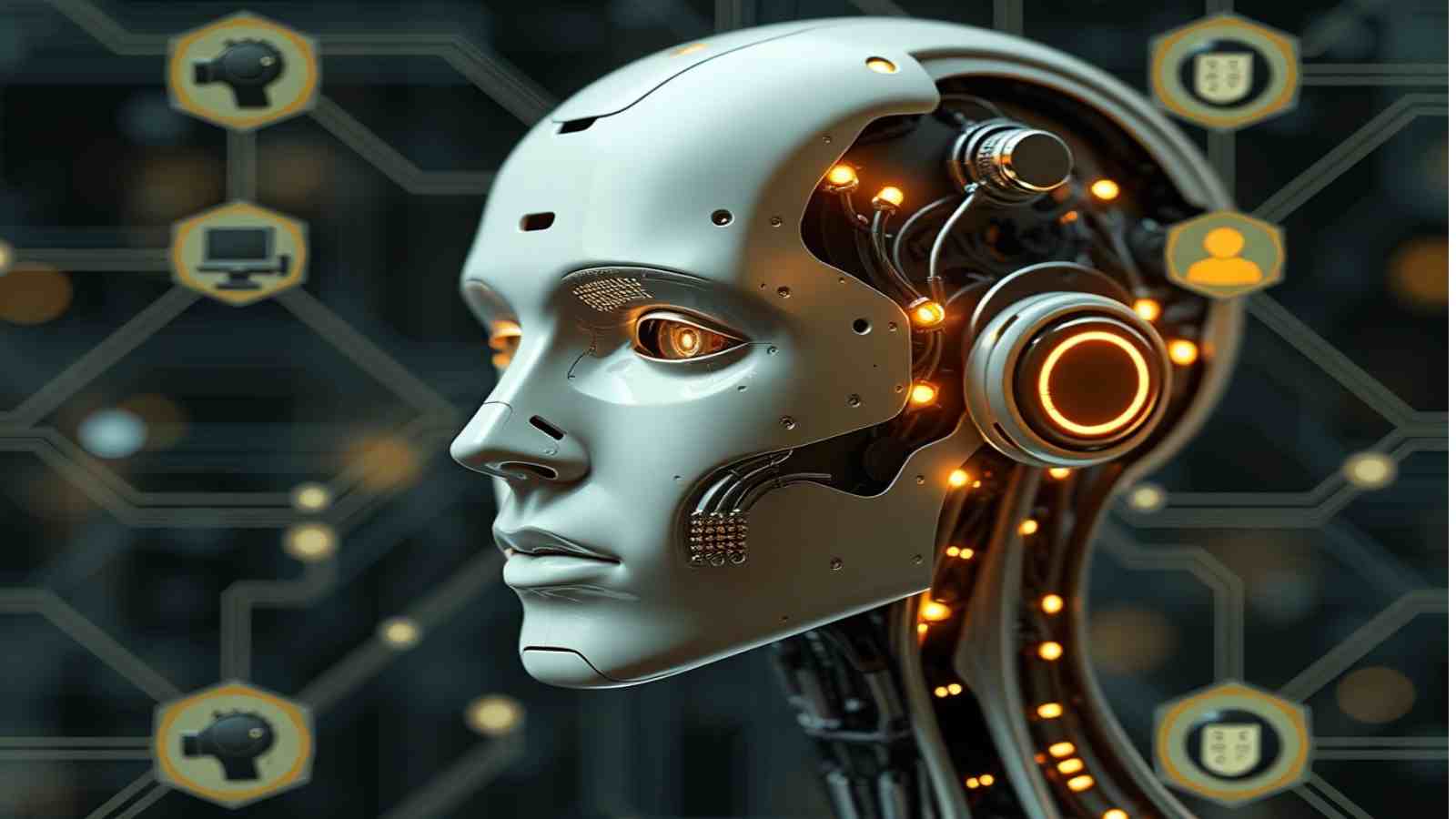In an era where connectivity and data-driven decision-making are pivotal, LoRa AI emerges as a transformative technology. Specifically designed to enhance the capabilities of LoRaWAN—a low-power, wide-area network (LPWAN) protocol—LoRa AI leverages machine learning and predictive analytics to automate and optimize various processes. From smart cities to industrial IoT, this advanced AI technology promises to bring unprecedented efficiency and reliability to the LoRaWAN ecosystem.
What is LoRa AI?

LoRa AI is an advanced artificial intelligence system tailored to augment and optimize LoRaWAN capabilities. LoRaWAN is known for facilitating communication over long distances with minimal power consumption, making it ideal for various IoT applications. By integrating AI into this framework, LoRa AI enhances process automation, enables predictive maintenance, and improves overall operational efficiency. This fusion of AI and LPWAN technology allows for smarter, more responsive networks that can adapt to real-time changing conditions.
Applications of LoRa AI
The versatility of LoRa AI can be seen in its wide range of applications across different sectors:
Smart City Infrastructure
- Predicting Maintenance Needs: LoRa AI can analyze data from city infrastructure to predict when maintenance is required, thus preventing unexpected failures.
- Traffic Flow Optimization: LoRa AI helps design more intelligent traffic management systems that reduce congestion and improve urban mobility by analyzing traffic patterns.
Environmental Monitoring
- Real-Time Pollution Detection: LoRa AI enhances environmental monitoring systems by detecting pollution levels in real time and initiating appropriate responses.
- Natural Disaster Response: The technology can predict and respond to natural disasters, improving public safety and disaster management efforts.
Industrial IoT
- Supply Chain Management: LoRa AI optimizes supply chain operations by predicting demand and managing inventory more efficiently.
- Predictive Maintenance: The technology helps forecast machinery failures, reducing downtime and extending equipment lifespan.
Agriculture
- Precision Agriculture: LoRa AI analyzes environmental data to optimize crop yields and reduce water usage, making farming more sustainable and efficient.
Smart Buildings and Homes
- Energy Management: The technology supports the development of intelligent buildings by optimizing energy consumption, leading to cost savings and improved energy efficiency.
Benefits of Adopting LoRa AI
Increased Efficiency and Reliability
LoRa AI significantly enhances operational efficiency through predictive maintenance and process optimization. This leads to increased reliability and reduced unexpected downtime.
Enhanced Environmental Monitoring
With real-time monitoring and response capabilities, LoRa AI contributes to improved safety and sustainability by detecting and mitigating environmental hazards promptly.
Cost Savings
By reducing energy consumption, improving resource management, and minimizing downtime, LoRa AI offers substantial cost savings for various applications.
Smarter Communities and Industries
LoRa AI supports the development of more connected and intelligent communities and industries, fostering innovation and growth.
Data-Driven Decision-Making
Advanced analytics provided by LoRa AI facilitate informed decision-making, enabling organizations to respond swiftly to changing conditions and emerging trends.
Challenges of LoRa AI
Like any emerging technology, LoRa AI faces several challenges that need to be addressed for broader adoption:
- Data Privacy and Security: Ensuring the privacy and security of data collected and analyzed by LoRa AI systems is paramount.
- Integration with Existing Systems: Integrating LoRa AI with legacy systems and infrastructure can be complex and costly.
- Scalability: Scaling LoRa AI solutions to accommodate large-scale deployments remains a significant challenge.
- Technical Expertise: Implementing and maintaining LoRa AI systems requires specialized skills and expertise, which may be scarce.
Future Outlook
The future of LoRa AI looks promising, with continuous advancements expected in AI and LPWAN technologies. Potential developments include:
- Enhanced AI Algorithms: More sophisticated AI algorithms will enable even greater automation and predictive accuracy.
- Improved Integration: Advances in interoperability standards will simplify the integration of LoRa AI with existing systems.
- Expanded Use Cases: As the technology matures, new and innovative use cases for LoRa AI will emerge, further broadening its impact.
Frequently Asked Questions (FAQs)
What is LoRaWAN?
LoRaWAN (Long Range Wide Area Network) is a protocol designed specifically for wireless communication. It allows devices to communicate over long distances with minimal power consumption, making it highly suitable for Internet of Things (IoT) applications.
How does LoRa AI enhance LoRaWAN?
LoRa AI integrates machine learning and predictive analytics into the LoRaWAN framework, automating processes, enabling predictive maintenance, and optimizing operational efficiency. This results in more intelligent, adaptive networks responding to real-time changing conditions.
What are the primary applications of LoRa AI?
LoRa AI is versatile and can be applied in various sectors, such as smart city infrastructure, environmental monitoring, industrial IoT, agriculture, and intelligent buildings and homes. It aids in tasks ranging from traffic flow optimization and pollution detection to predictive machinery maintenance and precision farming.
How does LoRa AI contribute to cost savings?
LoRa AI reduces costs by optimizing energy consumption, improving resource management, and minimizing downtime through predictive maintenance. This leads to substantial savings in various applications, including smart infrastructure and industrial operations.
What challenges does LoRa AI face?
Some primary challenges include ensuring data privacy and security, overcoming the complexity and cost of integrating with existing systems, scaling the solutions for large deployments, and needing specialized technical expertise to implement and maintain the systems.
What is the future outlook for LoRa AI?
The future of LoRa AI is promising, with ongoing advancements in AI and LPWAN technologies. Likely developments include more sophisticated AI algorithms, better integration standards, and the emergence of new use cases, which will further enhance the technology’s impact.
Conclusion
LoRa AI represents a significant leap forward in optimizing the capabilities of LoRaWAN networks. By automating processes, enhancing predictive maintenance, and improving operational efficiency, LoRa AI is poised to revolutionize various industries and applications. While challenges remain, the benefits and potential developments make LoRa AI a critical tool for the future of connected, data-driven enterprises and communities.
Explore the transformative power of LoRa AI and stay ahead in the ever-evolving landscape of technology and connectivity.











